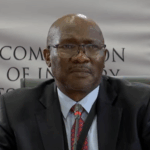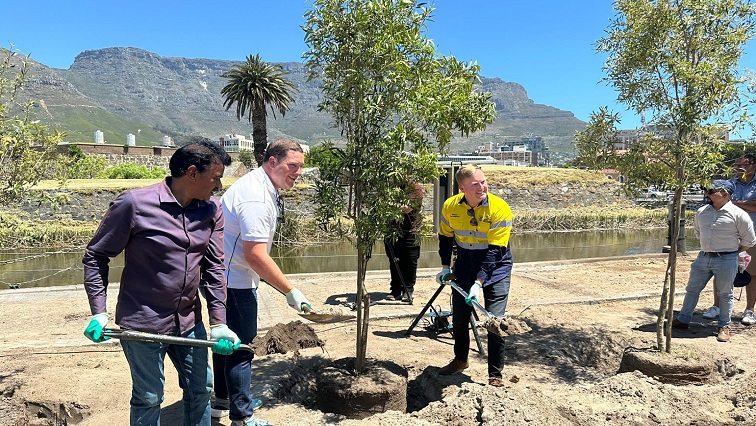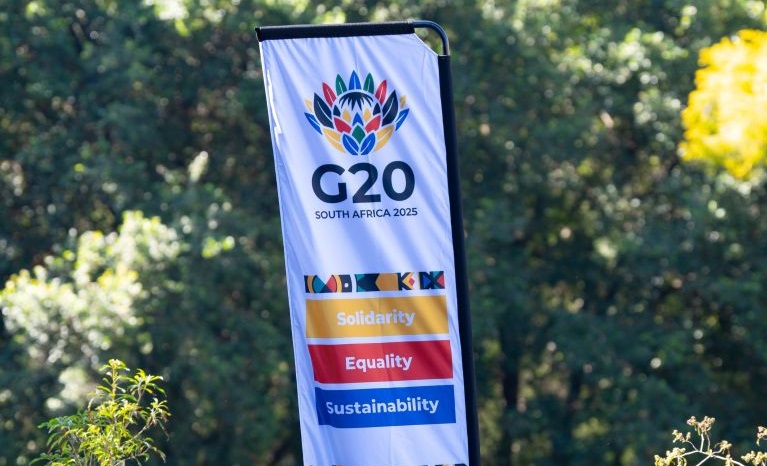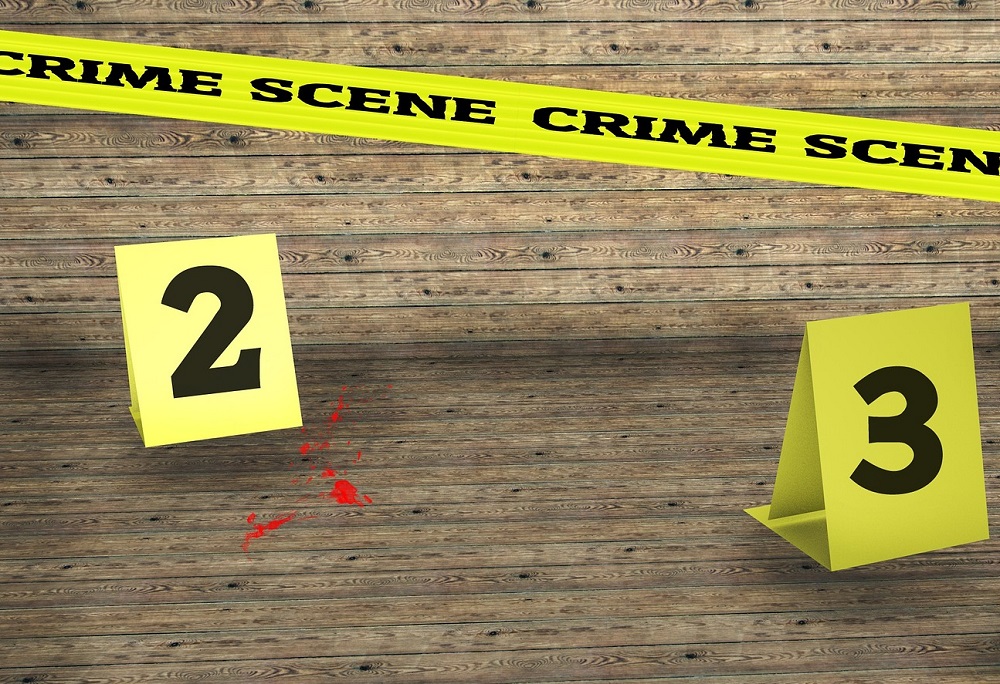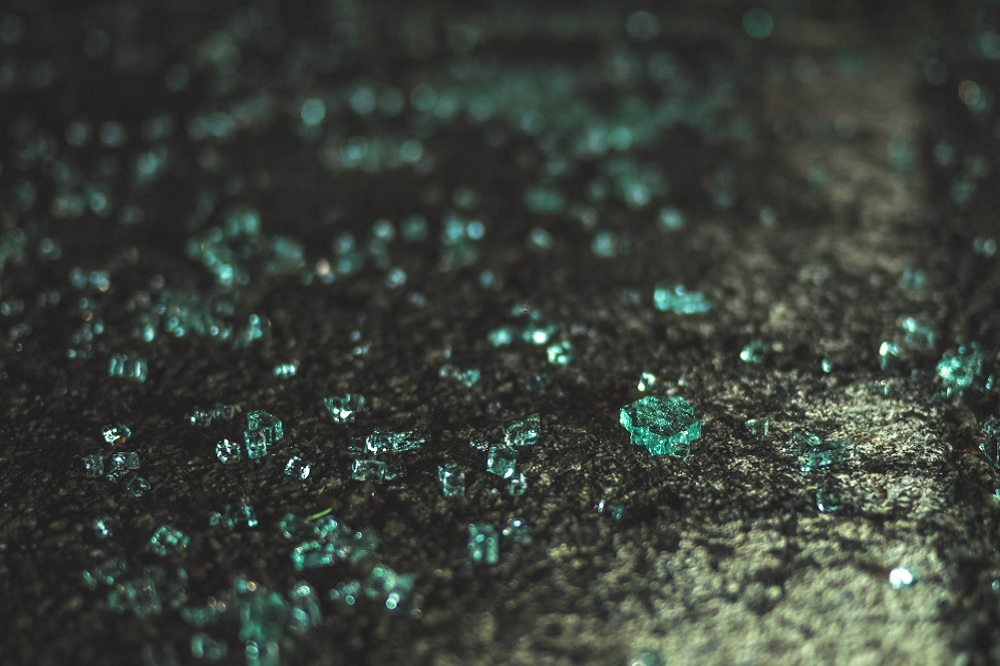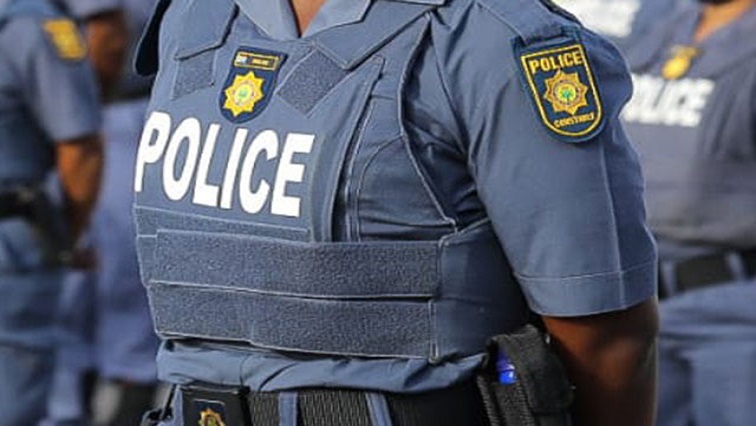-
Planting of trees at the Castle of Good Hope
The Department of Public Works has described the successful eviction of illegal occupants from the Castle of Good Hope in Cape Town as part of its commitment to reclaim government buildings from illegal occupiers.
Minister Dean Macpherson was speaking at a tree-planting event on the site which is currently being restored.
The area had over the past few years turned into an eyesore with makeshift structures and tents mushrooming, while rubble and litter were dumped into the moat.
The Castle of Good Hope is the oldest colonial building in South Africa. A place where tourists and locals can delve into the country’s history.
In recent years, however, the heritage site became less attractive to visitors due in large part to the informal settlement which sprang up on its Eastern Precinct. Authorities say they’re making progress to reclaim illegally occupied government buildings and spaces.
Public Works and Infrastructure Minister Dean Macpherson says, “We have 272 buildings that are unlawfully occupied, that belong to the state, and we are in the process now of slowly but surely reclaiming that. We have reclaimed a number here in the city, some in eThekwini and you will see we are also starting to dispose of assets in eThekwini. We have a joint memorandum of understanding between local, provincial and national governments to see those buildings disposed of, so they don’t become illegally occupied. The mayor and I will be signing a similar agreement in the next few weeks where we have identified several land parcels and buildings that we will take to the market or hand over to the city for use and that is exciting. It’s state cannot own 80 000 buildings, we don’t need to own 80 thousand buildings.”
Around a hundred people were evicted more than two weeks ago after the High Court granted the department an eviction order in September.
“We had 26 if I remember correctly going to safe spaces and eight that went back to their families then we had another one or two couples that went to our couples safe space so probably in the region of about forty people accepted the help that we were offering and the others unfortunately did not. many of them living with addictions unfortunately but yes we regard every person that leaves the streets and takes up the help that we are offering takes up the safe space or reintegrate with their family, everyone is a victory.” Macpherson Adds.
Several Cape Town residents pitched in with the planting. Maria Strachan and Candice George say they are happy as the rehabilitation of the area will now attract people.
Maria Strachan says, “It was really a negative environment overall and today is really a happy day for me to see this, it really actually has happened.”
“People would stay away from the CBD because they feel you know with drugs you need your next fix, you need money so you would either rob somebody, the fear was there and I think with this rehabilitation of this area now it somewhat invites people into this area again,” explains another Candice George.
Meanwhile, Castle management says the collaborative effort is aimed at creating a space of greenery that everybody can enjoy.
Castle Control Board CEO, Calvyn Gilfellan says, “We developed a plan for this area, but it was mainly for heritage roses all colonial stuff. But we say this place was occupied by the Khoisan people before the British colonialists, before the Dutch colonialists. So, it’s also those design elements and democracy. How do you bring those design elements in here? But consulting, of course, you can’t design a garden by consulting a thousand or two thousand people. But if you have leaders and representatives of all these parties and redesign, then we will come up with something that everybody can enjoy.”
The City of Cape Town says it will continue with its efforts to clamp down on urban decay.





